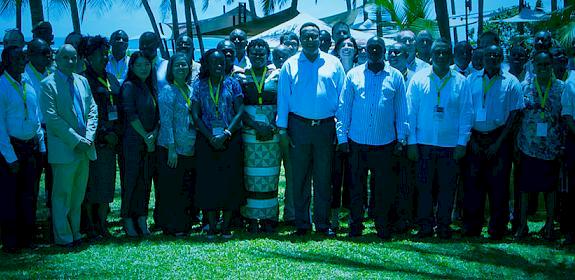International pressure must be maintained to curb ongoing ivory trafficking
Johannesburg, South Africa, 24th September—A new analysis finds the global ivory trade continued unabated in 2015 at the record levels recorded earlier in the decade, underlining the need for renewed efforts to disrupt the criminal networks orchestrating the trade.
The latest analysis of the Elephant Trade Information System (ETIS) was carried out for Parties to the Convention on International Trade in Endangered Species of Wild Fauna and Flora (CITES), who meet this week in Johannesburg.
Most striking was the continuing rising trend in large raw ivory shipments of 100 kg or more in 2015, which the analysis describes as worrying given “the large raw ivory weight class is where the activity that relates to organized crime is captured.”
Ivory trafficking is becoming more and more the realm of organised crime which suggests those behind the trade are not being arrested and effectively prosecuted: dismantling these operations requires a co-ordinated international enforcement response
Steven Broad, Executive Director of TRAFFIC
“Seizures should not be isolated incidents—there is information to be derived from them that needs to be gathered and acted upon along the entire trade chain.”
In an earlier ETIS analysis carried out for CITES had hinted at signs of a fall in international ivory trafficking in 2014, a result that would have been significant had it been confirmed over an extended time period. However, after new data for 2015 and earlier years was analysed, it revealed a return to ivory flows as high as those previously.
“The 2015 figures underline the crucial need for renewed efforts by governments meeting this week at CITES who need to redouble their efforts to bring the illegal ivory trade firmly under control,” said Broad.
The new data included an additional 1,387 seizure records to the 9,899 cases previously analysed. Of these, 1,311 seizures occurred in 2015, while another 55 cases concerned seizures that happened in 2013 or 2014, and an additional 19 cases were in the period 2008-2012.
The analysis was generously funded by WWF and carried out by TRAFFIC and independent consultant statisticians using data compiled in ETIS.




